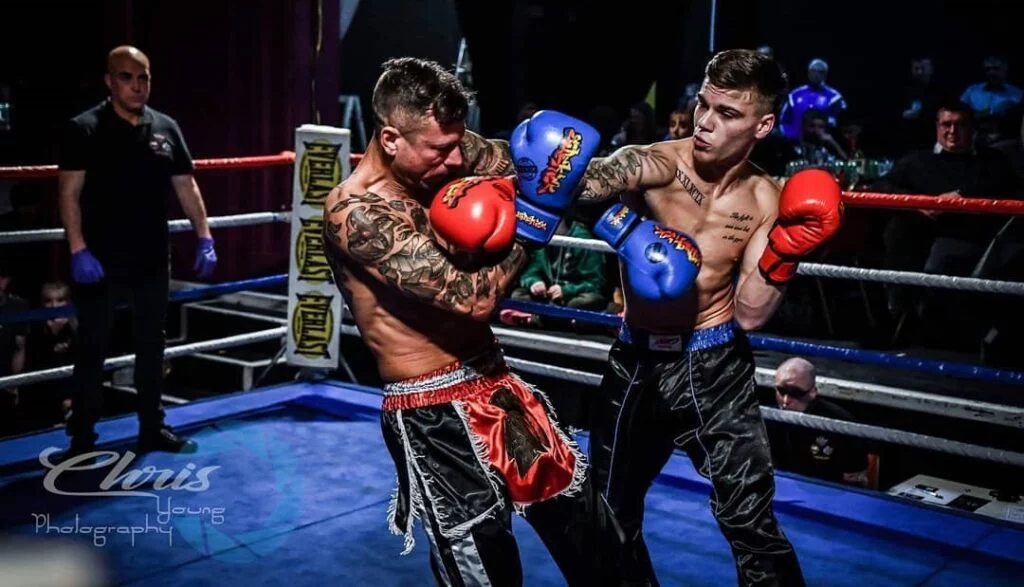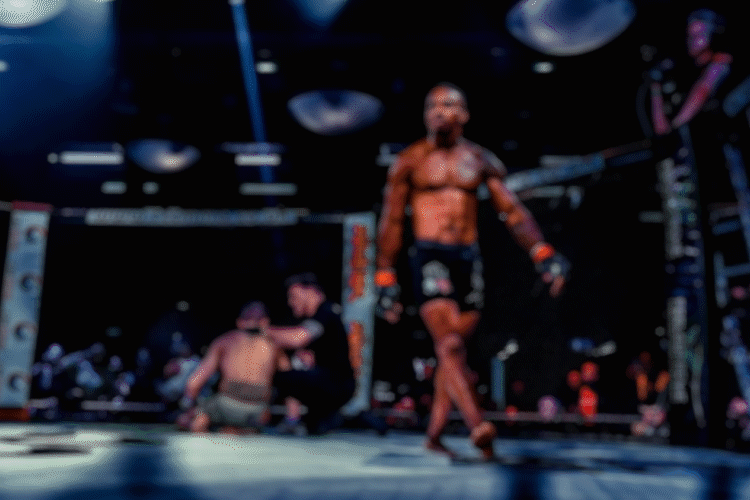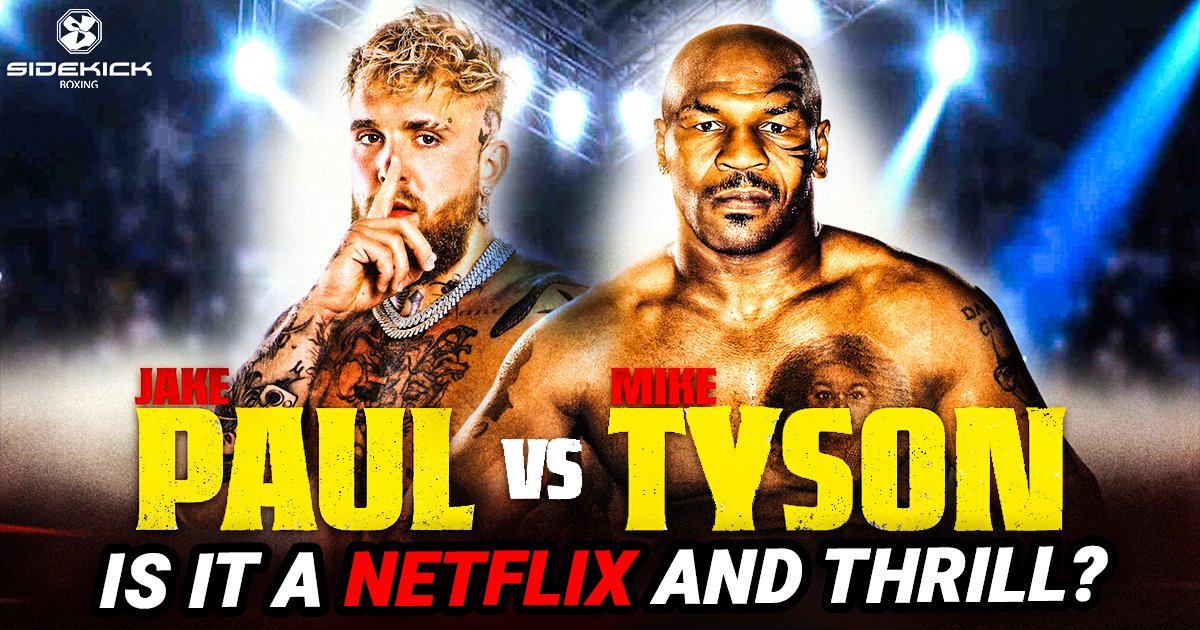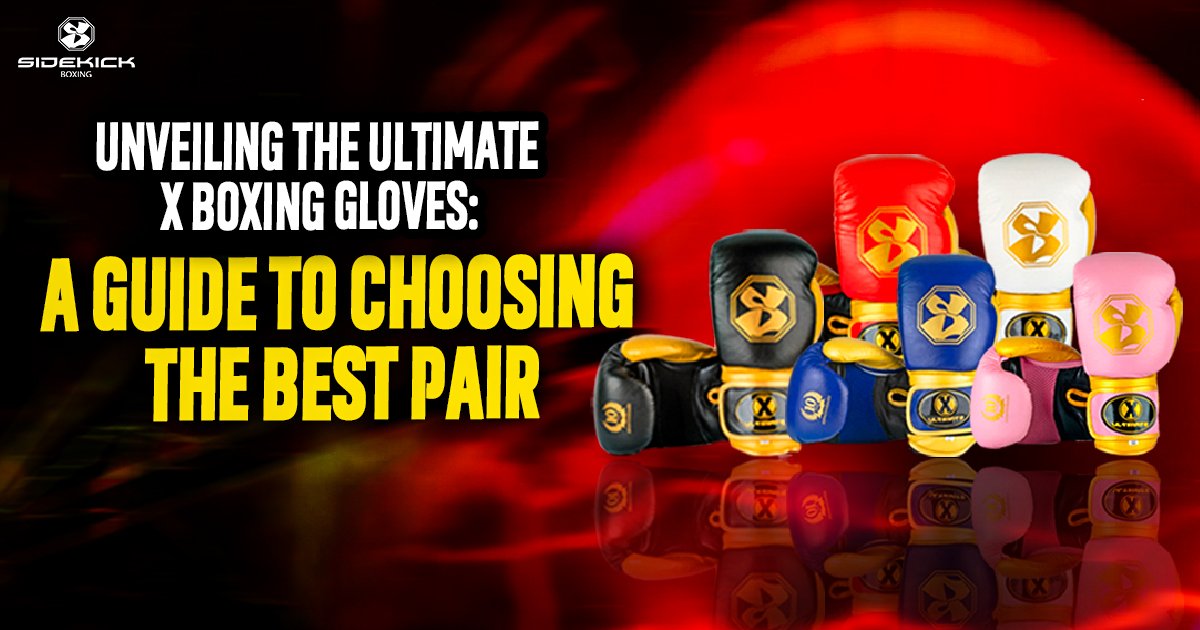
Is Full Contact Kickboxing Dead?

Full contact kickboxing is one of the original forms of kickboxing. It was so exciting as it had a similar setup to boxing, yet the fighters could literally jumping kick their opponent right in the head. However, as time as passed, it has gradually lost its huge popularity.
As Full Contact kickboxing had limited rules, lots of padding and more rounds, there was a window for a new style of kickboxing which could offer more action. Then when K-1 came on the scene, the fans quickly took to the growing sport and now it has become the most popular style of kickboxing, and if you have ever watched kickboxing over the last decade, the chances are you probably watched K-1 kickboxing.

So, What is Full Contact kickboxing?
Probably the quickest way to describe it is a very similar style to western boxing, yet with kicks of course. All strikes are above the waist except sweeps which can only contact the foot. Full Contact kickboxing started in America and was actually derived from professional sport karate in the 1970’s, so it had lots of the traditional martial arts apescts like a belt grading syllabus, yet it was fought competitively in a ring like boxing. The round style of fighting was also very much like boxing, but full contact kickboxing generally had 2 minute rounds rather than 3 minutes.
Full contact kickboxing boomed in popularity in the 80’s and 90’s as the best martial art style to train in, and with the 1989 movie ‘Kickboxer’ starring Van Damme being based on the full contact style, it also influenced its popularity. Kickboxer was about the different styles of kickboxing colliding, Full Contact kickboxing vs Muay Thai. The American full contact kickboxing champion, Eric Sloane believed he could easily beat the reigning Muay Thai champion, to later to find out at his expense. His brother Kurt Sloane had to learn Muay Thai to get redemption.

Is Full Contact Kickboxing Dead?
In 1993, K-1 launched and with the attraction to the newer kickboxing style with less rounds and more explosive strikes, it was more appealing to fans that full contact kickboxing started to fade out.
It is still being taught in various clubs, but It is certainly not as popular as it once was. It seems no-one new is coming in to teaching it and it is only the original clubs about. There are still fight promotions that put on full contact fights but there are few and far between.
A few reasons for the drop in popularity in full contact kickboxing is the money, it is not the style which pays the highest. In fact, there isn’t a leading full contact promotion which pays very high salaries. If you take the global kickboxing promotions like Glory and One Championship, these big purse payers are a K-1, Dutch style or Muay Thai form of kickboxing. Furthermore, the 12 rounds of full contact kickboxing wasn’t as exciting to the explosive 3-5 rounds you would see in K-1 and MMA.
Also, as crazy as it may sound but even the apparel made an impact, as the K-1 shorts took favoritism over the traditional satin trousers you would see in Full contact kickboxing.
Even though full contact is not as popular as it once was, there are many kickboxing bodies which still sanction full contact events. Daniel Knight From Sidekick said:
“Full contact was always the style I trained in, it’s what I gained my black belt in and I personally still prefer it. I can understand the excitement of K-1, but It has more leg kicks than anything else, and their easier to do.”
Watch Daniel fight in one of his kickboxing bouts at the Battle of Kent below:
What is the difference between Full Contact Kickboxing and K-1?
- Rules – Both styles have the punches of boxing and use all the same types of kicks. However, in full contact kickboxing all strikes are only allowed above the waist expect sweeps. In K-1, knee strikes and leg kicks are allowed which are extremely popular moves in modern combat sports. So, with the extra moves fighters perform different drills and fight differently in order to set up their techniques while avoiding getting hit.
- Equipment – in professional competitions, there is less protection worn in K-1 to Full contact kickboxing. No shin guards are worn in pro K-1, Whereas elastic shin pads and kick boots are worn in both amateur and professional bouts. K-1 fighters wear satin shorts and full contact kickboxing traditionally wear satin trousers. However, many kickboxers now opt with satin kickboxing shorts and shin instep guards for training as they are seen as more trendy.
Read our article ‘What are the different fight shorts in martial arts?’ here.
Final thoughts
Full contact kickboxing is certainly not as popular as it once was, but by all means it isn’t dead. The only way it would become popular again if a new global promotion promoted the full contact style, or even a new kickboxer movie.







